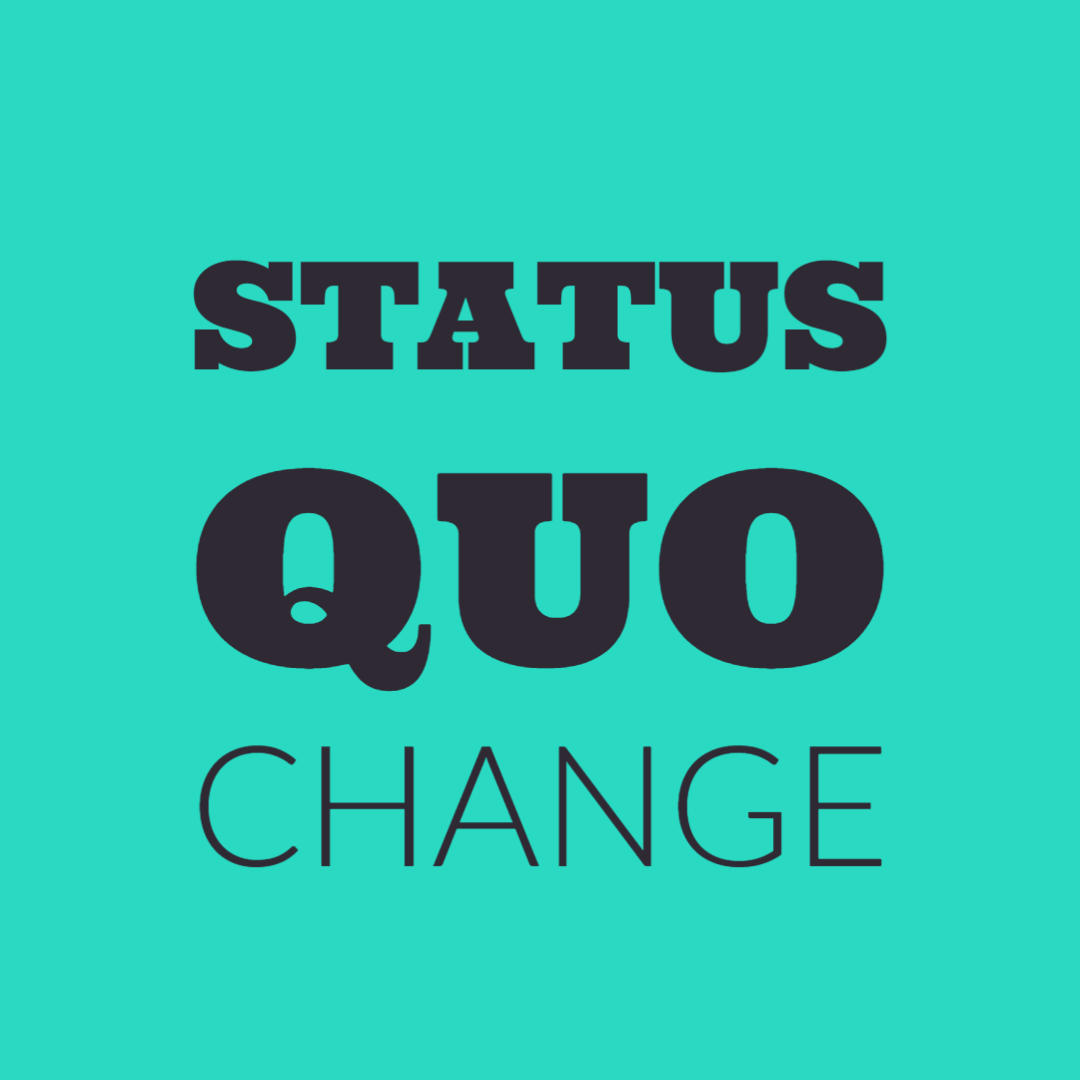
That phrase and its evil siblings, ‘that’s not how we do it here’ and ‘if it ain’t broke, don’t fix it’ are, potentially, the seven most dangerous words you’ll ever hear or say in any organization when uttered in response to a suggestion for change.
To determine whether these words are truly dangerous, start by gaining empathy for what is motivating their use. Then, armed with this understanding, you can select the best course of action:
1. Is the utterer holding fast to a tried-and-true strategy? When they can back up ‘that’s the way we’ve always done it’ with validated proof that it continues to be the most effective method, you’re good. In every other case, though, those are dangerous words.
There’s an inherent assumption that something is suboptimal whenever these words are used, because if everything were working flawlessly no one would be making suggestions to which the response “that’s the way…” would be uttered. But that perspective may not be universal.
Could it be that the utterer is oblivious to the constant barrage or scale of changes impacting the organization? Do they believe that everything is good and will continue to be? If so, they are wasting no time thinking about whether or not what has been done in the past is the best course for the future. They see only what they want to see and ignore all conflicting data.
The reality is: organizations either improve or they fall behind—maybe slowing, but they are still declining. There is no such thing as staying the same.
“If you don’t like change, you’re going to like irrelevance even less.” - Tom Peters
The best response to this resistance is education: Be clear why the recommended change is necessary—and needed now—why this can’t wait.
Describe your ideas and explain why and how you believe they will benefit the organization. Support your position with facts and data that show the pain or limits of the current way versus the predicted gain of the new way. Link your idea or change to their goals; articulate the benefits to all stakeholders for making the desired change – while also making clear the consequences of a failure to change.
Be careful not to criticize the way things have been done in the past because it may be perceived as telling the person that they have been doing it all wrong. Acknowledge that the current approach or solution was appropriate for the conditions effective at the time it was implemented. However, now that the underlying conditions have changed, it’s appropriate to reevaluate the best options for the future.
2. It is possible that the person resisting change is afraid of change. People who resist change are comfortable and familiar with how things current are and how they’re currently being done. To make a change, even for the better, means giving up comfort and familiarity. And those are tough to give up, even for however long it takes to get comfortable with the new way.
The antidote for a fear of change is first be clear about what must change. Then make the steps needed to implement the requested change small, clear and simple. Implement the change in stages or baby steps, rather than in one drastic jump.
Make the new as similar to the old as possible; similar enough to evoke the feeling of familiarity, different enough to make a difference.
3. The possibility exists that the person resisting change is afraid of the implicit risks. The costs of change are more immediate and easier to calculate then the benefits, which are often realized over time—if ever. Promises are hard to quantify. Threats are easier to see and calculate.
Experts are fantastic at recognizing the value of the familiar. They are poor at recognizing the value of new and different because they’re applying familiar metrics and reference points to new paradigms.
Education is again a good response to perceived risk. You’ll need more than just a compelling argument that a change will be beneficial. Back it up with hard, cold, objective facts and validated data.
It also helps to make your requested change easy to try without having to a make a large permanent commitment. And, if possible, make the change reversible, enabling the person or organization to go back to how things were, if necessary.
4. The last reason for resistance we’ll discuss is that the suggested change requires too much time or effort. The issue is not if they can make the change, but if they are willing to make the change.
Here again a good solution is to change in baby steps, making it easier and less time-consuming to implement the change.
Getting others to change is only slightly harder than changing ourselves. If your initial suggestion for change is not immediately implemented. Keep trying. Sometimes, the best you can do is plant the seed that there is a better way.
Guest Contributor: Bob Roitblat